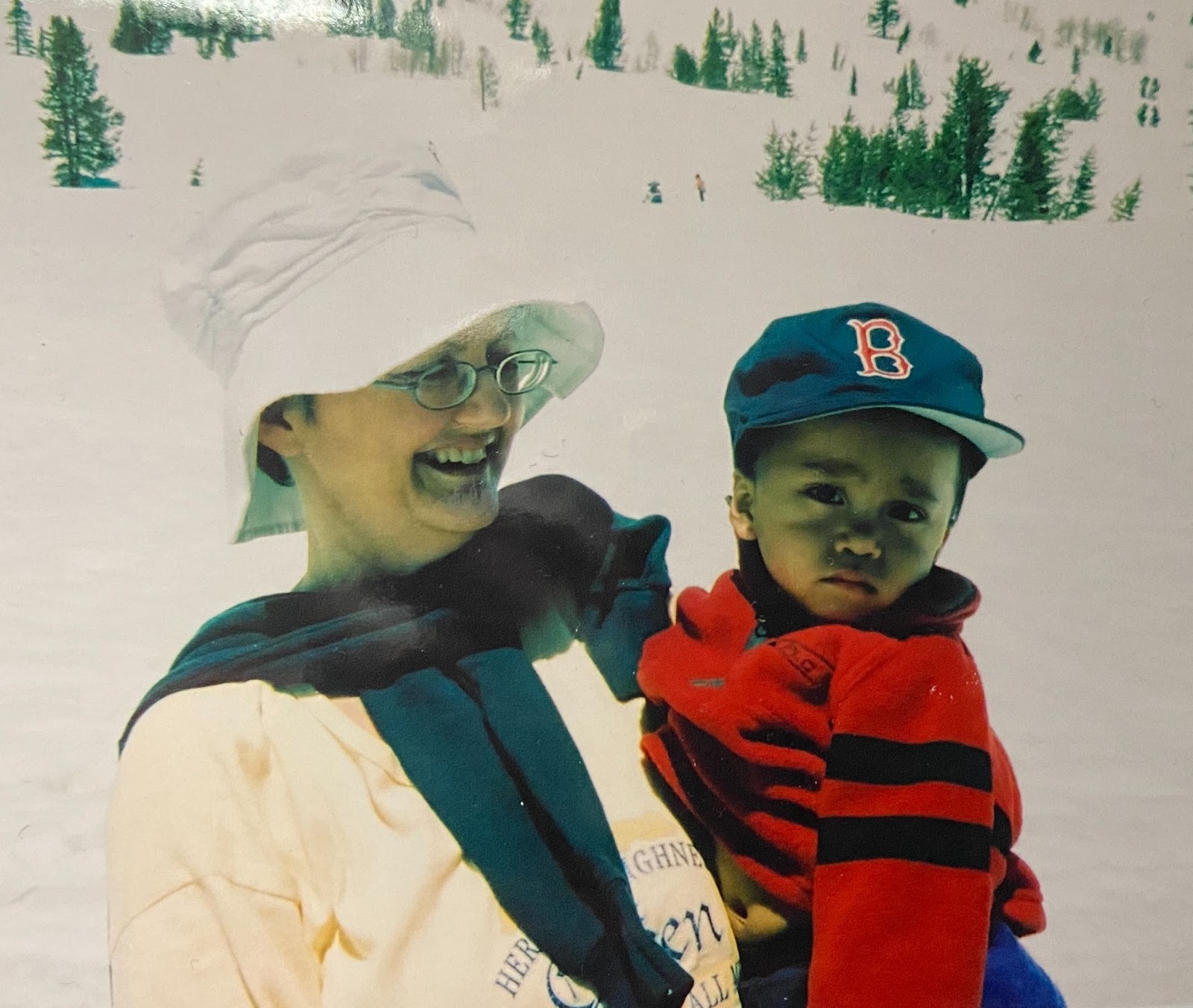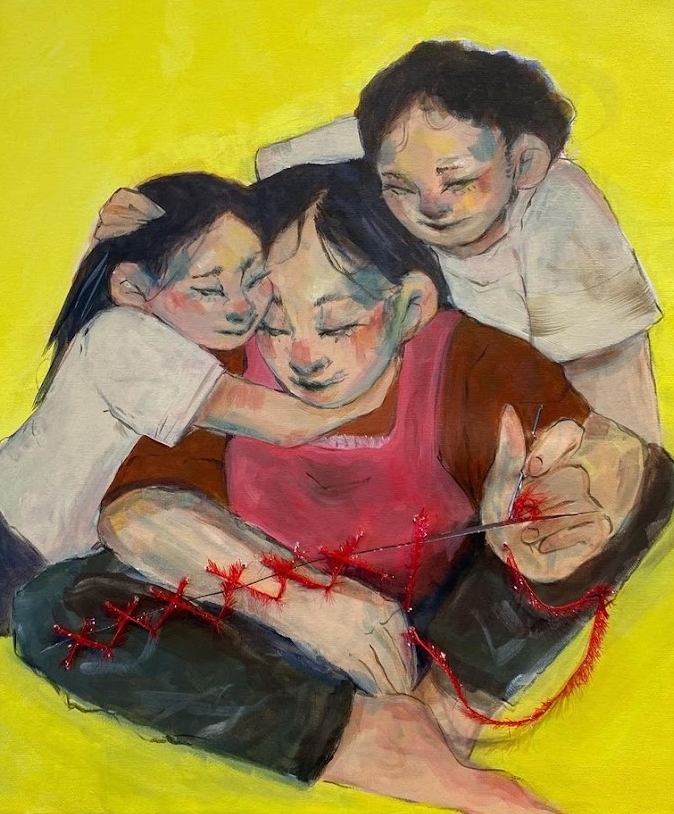Ode to Mother: The Legacy My Mother Left Behind
By Thomas Mussomeli
Nobody prepares you for the feeling of burying your parents, and while you know the day will inevitably come—even decades in advance—it’s an ugly feeling that takes you by surprise. It’s one of those feelings you cannot begin to picture in your mind until it happens.
Even after you do experience it, no matter how many words you sift through, it is impossible to articulate the exact emotions you felt. It’s just so surreal, it seems as if it’s a feeling—a situation—you weren’t supposed to experience. An irreplicable feeling. I think people often picture death as an intense, deafening eruption. In actuality, most of the time it’s quiet, and stealthy—silently creeping up behind you when you least expect it.
It’s been less than a year since I have lost my mother, and over a decade since she began to lose herself. I watched Alzheimer’s take away my mother starting when I was ten years old. It was scary then, and it continues to be scary even now. It stripped her of almost everything she was—it took her memories, her speech, her movement. And lastly, it took her life. 
Nobody prepares you for the feeling of burying your parents, and while you know the day will inevitably come—even decades in advance—it’s an ugly feeling that takes you by surprise. It’s one of those feelings you cannot begin to picture in your mind until it happens.
However, as unforgiving as Alzheimer’s was, it stood no chance against my mother’s unwavering heart. There’s a saying that one’s soul lives on after they pass, which I suppose is true. However, more importantly I believe that one’s heart lives on after they pass. And certainly my mother’s heart has.
The article’s title “Ode to Mother” was inspired by my friend Rowe Park’s beautiful art piece with the same title. Their artwork is available to view at Rowerowroe on Instagram.This specific painting [shown right] depicts three figures in a cartoon stylized manner in the center—appearing to be a motherly figure with her children.
There is a rip in the middle of the piece that is sewn together with a red thread by the mother. Park says the piece reflects their mother, who was the one who held the rest of the family together during difficult times. Park honors how much their mother was truly the backbone of their whole family, and who emotionally helped everyone.
However, as unforgiving as Alzheimer’s was, it stood no chance against my mother’s unwavering heart. There’s a saying that one’s soul lives on after they pass, which I suppose is true. However, more importantly I believe that one’s heart lives on after they pass. And certainly my mother’s heart has.
My mother’s heart was the red thread that stitched back together the rips in our seams, the one thing that could fill whatever was missing. It was the backbone of my family; always ever-expanding—it loved endlessly, with no conditions and no limits. Her heart continues to live on because of all she loved.
She loved dogs, pretty sunsets painted with pink and yellow clouds and collecting random leaves and pinecones that had fallen on our driveway. She loved her family even for all of our antics and flaws that would drive her crazy, the neighbors next door whose names she could barely remember but she was sure were her friends and even the store clerk whom she just had to hug every time she saw.
About a year before my mother passed away, Alzheimer’s had mostly taken her memory—when my family would visit her in hospice, she couldn’t really remember our names or recognize our faces. Yet every time we visited her, she would smile and rise to her feet to greet us with a hug. And although my mother would forget where she was, or what she had eaten for breakfast, and even her own family—she never forgot how to love.
My mother’s heart was the red thread that stitched back together the rips in our seams, the one thing that could fill whatever was missing. It was the backbone of my family; always ever-expanding—it loved endlessly, with no conditions and no limits. Her heart continues to live on because of all she loved.
Grief is such a confusing process, it is not linear—it is complicated and takes time. It isn’t something that goes away, rather it is something with which you must learn to live. Sometimes grief pays me a visit late at night as I get ready for bed, or sometimes it sits next to me in lecture halls or on the bus, and sometimes it suffocates me with regrets and “what ifs.” But sometimes grief is so small and quiet it feels as if I can forget it entirely.
I no longer feel my mother’s presence next to me, at least in the physical sense. Yet everytime I see dogs, pretty sunsets painted with pink and yellow clouds, or random leaves and pinecones that have fallen, I think of her. I think of how she loved, and how much she loved. We often think about the legacy we want to leave behind after our death—whether it be our name, or our power, or our influence. My mother’s legacy was her heart.
Photos courtesy of Thomas Mussomeli